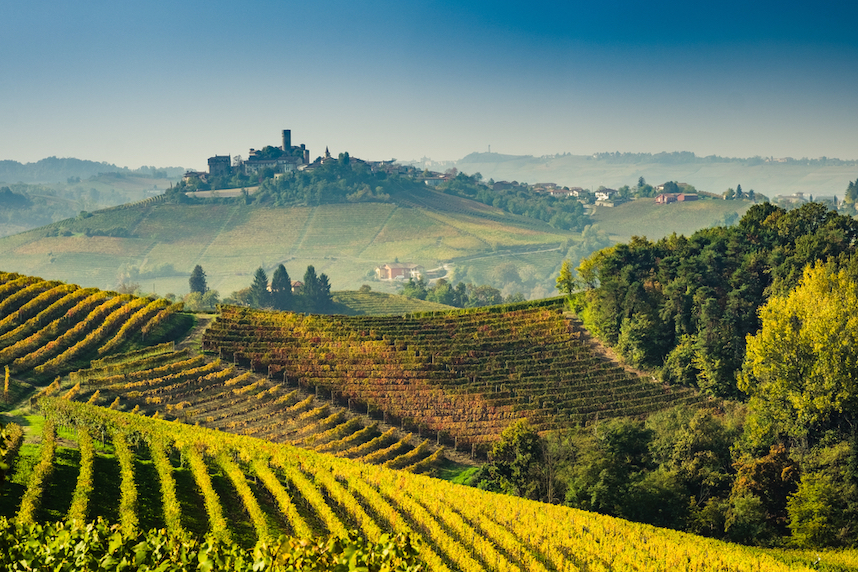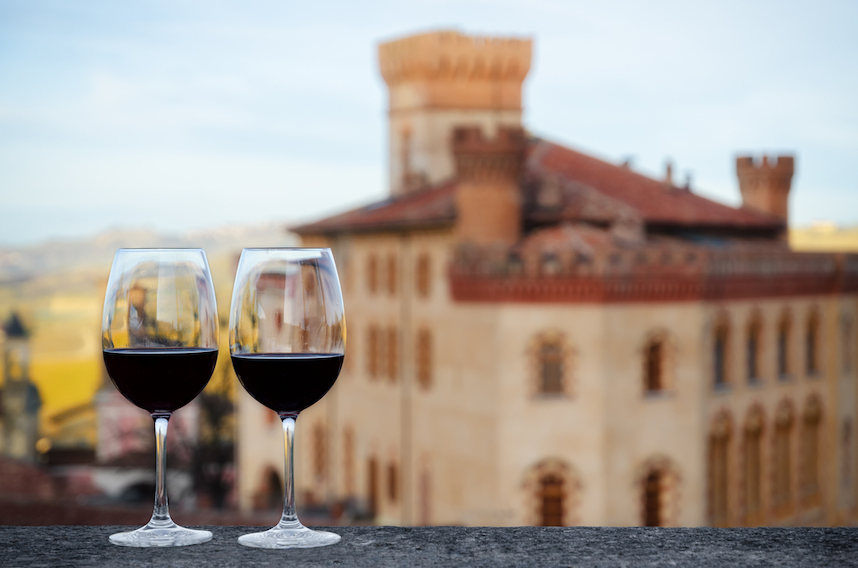Barolo is the jewel in the crown of Piedmontese and Italian wines, but to fully appreciate it, it is important to know its origins. It is an Italian red wine that has been part of the country's history, from unification to the present day.
Barolo: a history of success
It's the nineteenth century: King Carlo Alberto of Savoy, having learned of the existence of this structured and full-bodied wine, asks the Marchesa di Barolo if he could taste it. The Falletti di Barolo family then send 325 barrels to the King, who, after sharing it with the most influential families of the time, is so enthusiastic about it that he buys an estate in Verduno to produce his own Barolo.
In the following years, Camillo Benso Conte di Cavour also celebrated the success of the wine. He started to produce it and began to use it as an official wine for more or less formal gatherings, including the celebrations for the Unification of Italy in 1861. In the meantime, after the death of the Marchioness of Barolo, the estate of the winery was inherited first by the Opera Pia Barolo charitable institution and then by the Abbona family, who during the 20th century brought prestige and fame to Barolo throughout the world.
The Barolo DOCG

In 1966, the wine was awarded the Denominazione di Origine Controllata and, in 1980, the Denominazione di Origine Controllata e Garantita, which is now governed by a rather strict specification. First of all, only wines made from pure Nebbiolo grapes can bear this prestigious label. As the name suggests, this late-ripening vine matures in late October when the first fog ("nebbia") arrives.
The area of origin of the grapes suitable for producing Barolo DOCG wines includes the Piedmontese municipalities of Barolo, Castiglione Falletto and Serralunga d'Alba and parts of the municipalities of La Morra, Monforte d'Alba, Roddi, Verduno, Cherasco, Diano d'Alba, Novello and Grinzane Cavour in the province of Cuneo.
Barolo varieties
Although the municipalities where Barolo is produced are all located in the Langhe, an area that has become a Unesco World Heritage Site, the wines that are produced are very different from each other. The reason is simple: the composition of the soil varies from area to area. Suffice it to say, for example, that in the commune of Barolo alone there are four different Crus: Cannubbi, Sarmassa, Costa Rose and Brunate.
Of course, the history and quality of this wine also rest on the choices made by the producers. Names such as Bartolo Mascarello, Renato Ratti or Luciano Sandrone have become true international brands for quality wine.
Ageing Barolo
Before being released on the market, Barolo needs to be aged for a minimum of three years, 18 months of which are spent in oak barrels, while after five years it can be marketed under the name "Riserva", such as the Barolo DOCG Bussia Riserva 2015. Once bottled, it should have an alcohol content of at least 13 degrees.
So, when to drink it? The choice is up to each individual's taste and preferences: the charm of Barolo lies in the wine's evolution over the years.
Barolo's tasting characteristics
Barolo is an imposing wine with a garnet red colour with orange highlights, while the nose is intense and persistent, with an exceptionally complex bouquet of fruity and floral notes.
On the palate, the acidity, tannins and salts are pleasantly balanced and notable for their intensity and persistence, making Barolo a bold, elegant wine with great personality.
Pairing Barolo with food
The ideal temperature for serving a glass of Barolo is between 18 and 20 degrees. The most traditional pairings are with savoury red meat dishes, such as roasts, braised meats, stews and game, but also with hard mature cheeses and strongly flavoured foods, such as truffles, a classic of Piedmont.
It is considered the King of Piedmontese wines but also the "wine of the King", so all you have to do is choose your favourite Barolo from the labels selected for you by the experts at Svinando!

